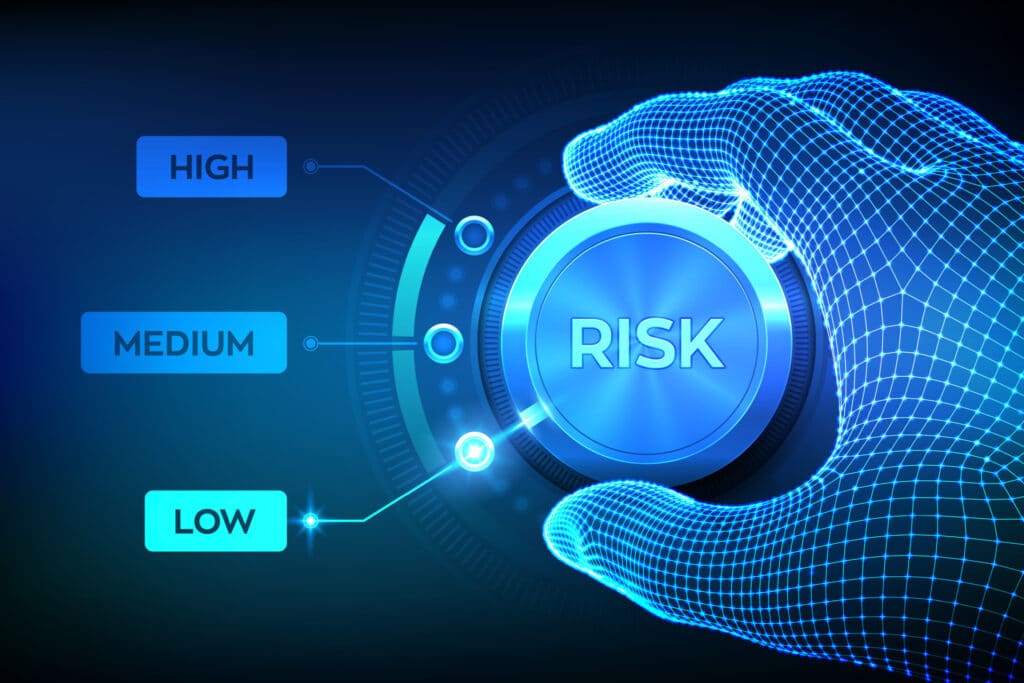Tools for risk management

Exploring the realm of risk management is essential for safeguarding investments and ensuring the stability of projects across various sectors. This blog post delves into the significance of utilizing specialized tools to adeptly navigate the uncertainties inherent in managing risks.
From software applications to methodologies, we'll uncover the indispensable instruments that can assist professionals and organizations in mitigating potential threats and maximizing opportunities.
Introduction to Risk Management Instruments
Risk management is an integral part of any successful business strategy, where the identification, analysis, and mitigation of potential risks are key to maintaining operational integrity and achieving long-term objectives. In this context, tools designed to handle these uncertainties play a pivotal role.
Implementing the right instruments can transform the way organizations approach their risk profiles, leading to more informed decision-making and improved outcomes.
But, what exactly are these instruments, and how can they be effectively utilized? Let's delve into an exploration of the most potent tools available today.
The focus on these utilities will not only enhance our understanding of risk management strategies but also introduce ways to practically apply these solutions within various operational contexts.
Comprehensive Software Solutions
At the forefront of modern risk management strategies are comprehensive software solutions. These platforms provide a holistic approach to identifying, evaluating, and managing risks across multiple facets of an organization.
By leveraging data analytics and predictive modeling, these applications offer real-time insights and foresight, enabling businesses to proactively address potential challenges before they escalate.
Examples include enterprise risk management (ERM) systems, project risk analysis software, and financial risk assessment tools, each tailored to specific industry needs and risk profiles.
Quantitative Analysis Methods
Beyond software, quantitative analysis methods stand as critical components in assessing risks. These methodologies employ mathematical and statistical models to quantify the likelihood and impact of potential risks, providing a solid foundation for making empirical, data-driven decisions.
Techniques such as Monte Carlo simulations, sensitivity analysis, and value at risk (VaR) calculations are instrumental in evaluating complex scenarios and financial instruments.
The application of these techniques enables a more nuanced understanding of risks, facilitating better strategic planning and resource allocation.
By adopting these quantitative measures, organizations can significantly enhance their capability to navigate the unpredictable terrain of risk.
Moreover, integrating these methods with software solutions can amplify their effectiveness, offering a comprehensive approach to risk management.
Risk Assessment Frameworks and Checklists
For a structured approach to risk management, frameworks and checklists serve as invaluable guides. These tools provide standardized procedures and criteria for identifying and evaluating risks.
Frameworks such as ISO 31000 offer guidelines on principles, a framework, and a process for managing risk, making them universally applicable across industries.
Checklists, on the other hand, ensure thoroughness in risk identification, ensuring no potential threat is overlooked. When combined, these tools foster a culture of risk awareness and preparedness within organizations.
Training and Development Resources
Empowering individuals with the knowledge to effectively utilize these tools is paramount. Training programs and development resources play a crucial role in building competencies in risk management.
From workshops and seminars to online courses and certifications, a plethora of options are available for enhancing skills and understanding in this critical area.
Investing in education and training ensures that the tools and methods for managing risk are applied efficiently and effectively.
Continuous Monitoring and Reporting Systems
Lastly, the sustainability of risk management efforts relies heavily on continuous monitoring and reporting systems. These systems enable ongoing oversight of risk exposures and the effectiveness of mitigation strategies.
They provide the framework for timely updates and adjustments, ensuring that risk management processes remain dynamic and responsive to changing conditions.
By integrating these into the broader risk management strategy, organizations can maintain a proactive stance against potential threats, safeguarding their interests in the long term.
In conclusion, navigating the complexities of risk management requires a comprehensive set of tools and methodologies. From software solutions and quantitative methods to frameworks and educational resources, the arsenal available to professionals is vast and versatile. By strategically implementing and integrating these instruments, risks can be managed more effectively, leading to enhanced stability and success in any endeavor.

Related